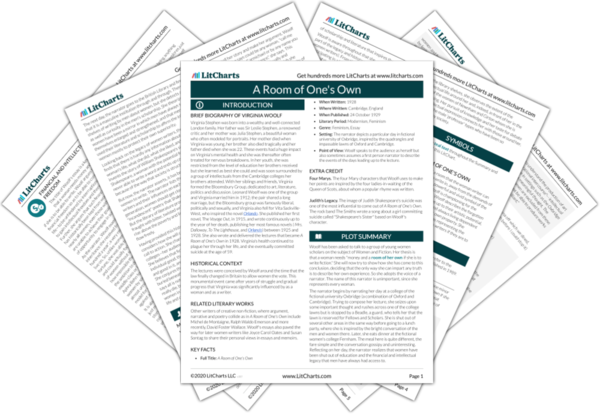Virginia Stephen was born into a wealthy and well-connected London family. Her father was Sir Leslie Stephen, a renowned critic and her mother was Julia Stephen, a beautiful woman who often modeled for portraits. Her mother died when Virginia was young, her brother also died tragically and her father died when she was 22. These events had a huge impact on Virginia's mental health and she was thereafter often treated for nervous breakdowns. In her youth, she was restricted from the level of education her brothers received but she learned as best she could and was soon surrounded by a group of intellectuals from the Cambridge colleges her brothers attended. With her siblings and friends, Virginia formed the Bloomsbury Group, dedicated to art, literature, politics and discussion. Leonard Woolf was one of the group and Virginia married him in 1912; the pair shared a long marriage, but the Bloomsbury group was famously liberal, politically and sexually, and Virginia also fell for Vita Sackville-West, who inspired the novel
Orlando. She published her first novel, The
Voyage Out, in 1915, and wrote continuously up to the year of her death, publishing her most famous novels (
Mrs. Dalloway,
To The Lighthouse, and
Orlando) between 1925 and 1928. She also wrote and delivered the lectures that became
A Room of One's Own in 1928. Virginia's health continued to plague her through her life, and she eventually committed suicide at the age of 59.
